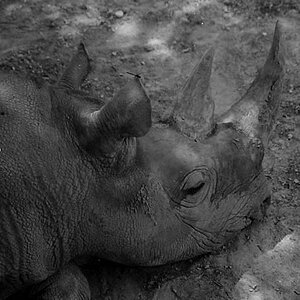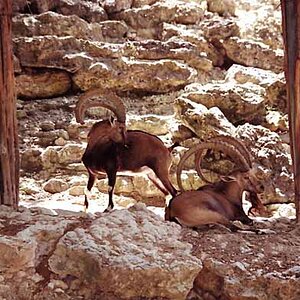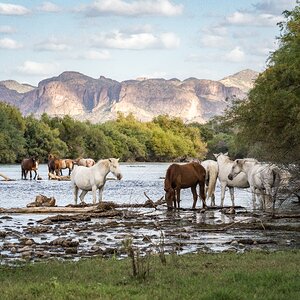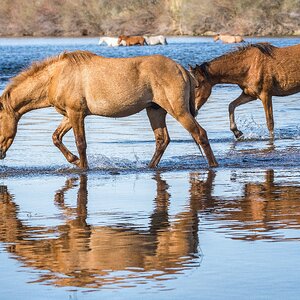tom beard
TPF Noob!
- Joined
- Mar 2, 2009
- Messages
- 175
- Reaction score
- 5
- Location
- So. Cal mountains east of LA
- Can others edit my Photos
- Photos OK to edit
In my yard (open shade) I have an 18" dish containing bird seed on the ground. Every day at about 5:00pm a family of Mountain Quail with about ten small chicks come to feed. Some of them feed right out of the dish and others in about a 5 foot radius. I need a fast shutter speed (150?) because they move fast, and a small aperture (f11 or higher?) to keep the 5' radius in sharp focus using a 18-105 kit zoom. I presume I should be shooting in Manual mode. Will the camera choose the ISO for me, or must I set it manually, and to what speed? Should I use High ISO Noise Reduction? Also, should I use matrix metering in AFc, or turn the auto focus off? I tried using flash, but it spooks the birds. I'm using a tripod and a wireless remote to trip the shutter from inside the house and can't make adjustments once the birds are there. I'm pretty new at this and usually shoot in Jpeg-Programmed Auto, so any suggestions on how to do this would really help.
Thanks, as always. Tom Beard
Thanks, as always. Tom Beard
Last edited:


![[No title]](/data/xfmg/thumbnail/38/38261-db20f6f92ee8f0d4c5cf1536e308638b.jpg?1619738546)



![[No title]](/data/xfmg/thumbnail/42/42466-109a1021e2f0f132abfd74e1a6e39444.jpg?1619740192)




![[No title]](/data/xfmg/thumbnail/33/33029-f4556b4c89cecbad12ebe6b782a51ef5.jpg?1619735843)
![[No title]](/data/xfmg/thumbnail/32/32926-ec27ecead8c80d803404500d8f888dbf.jpg?1619735754)
